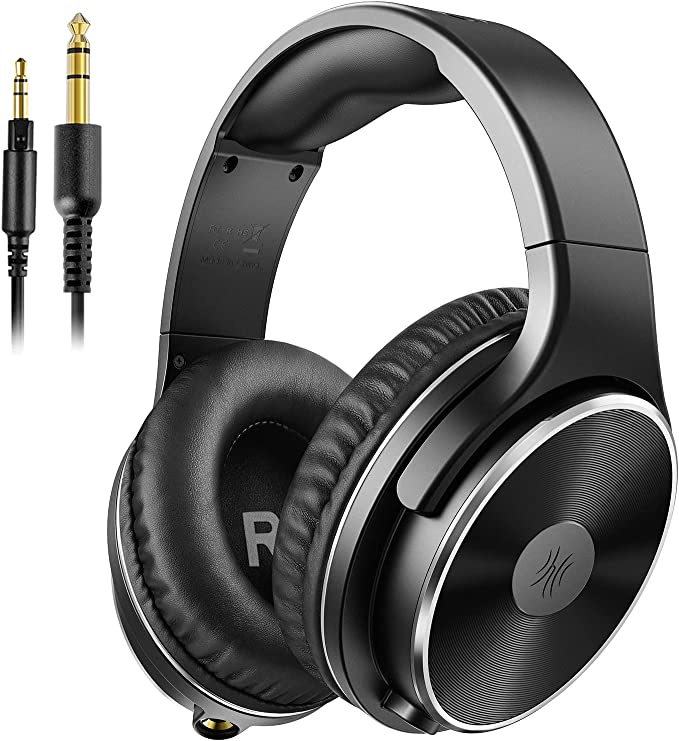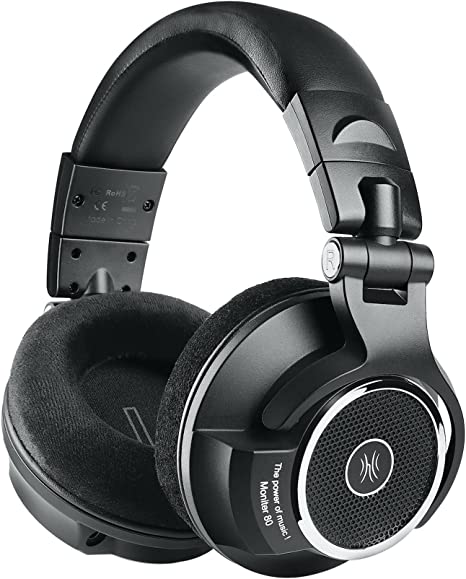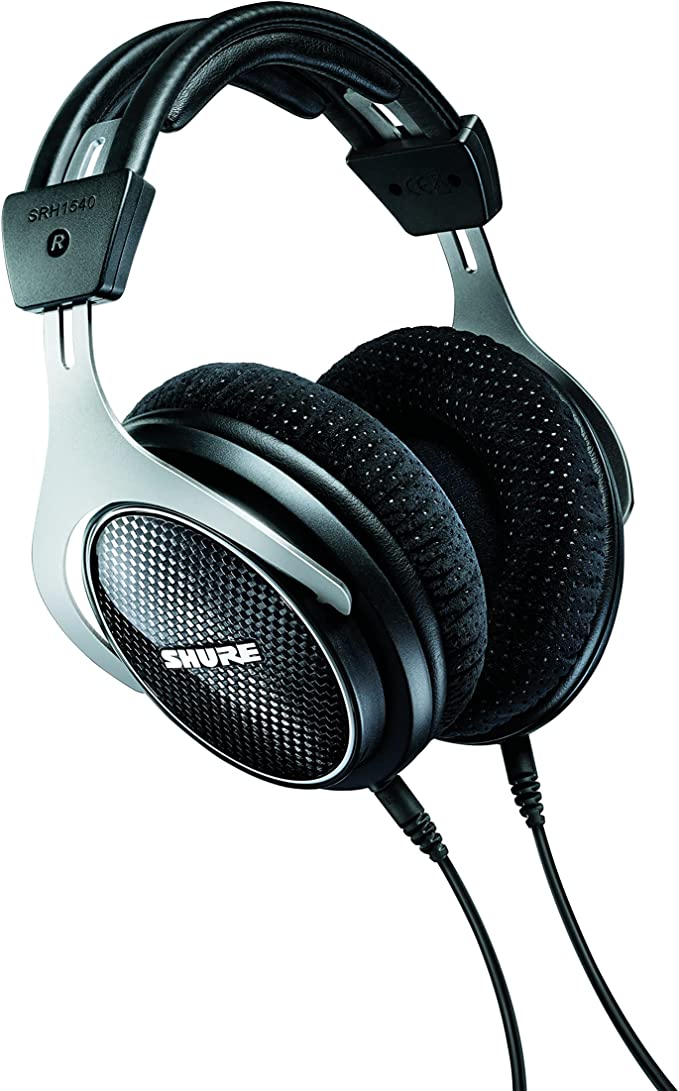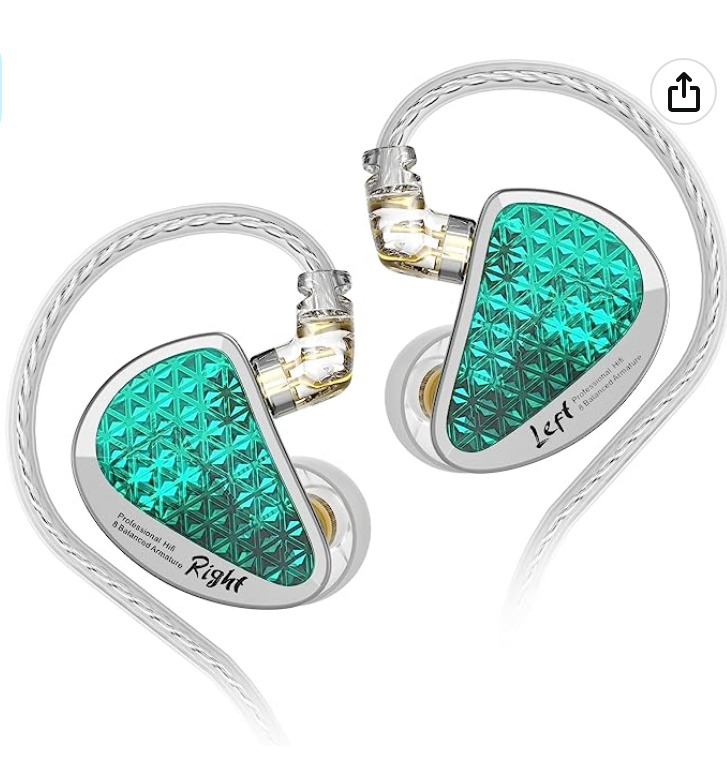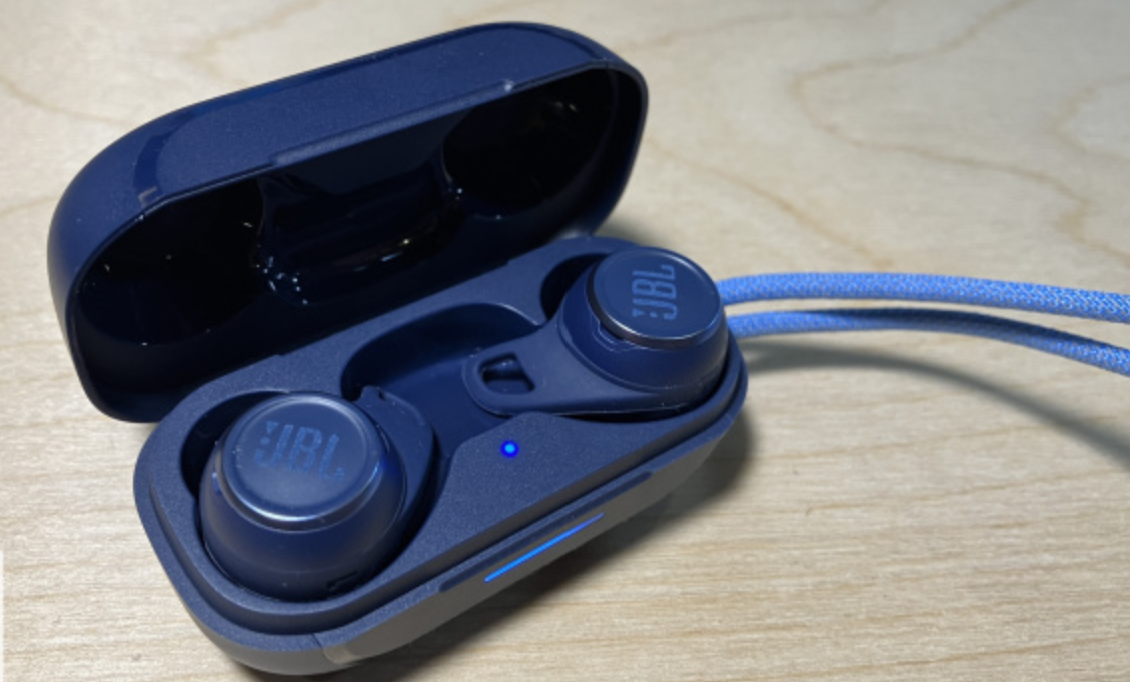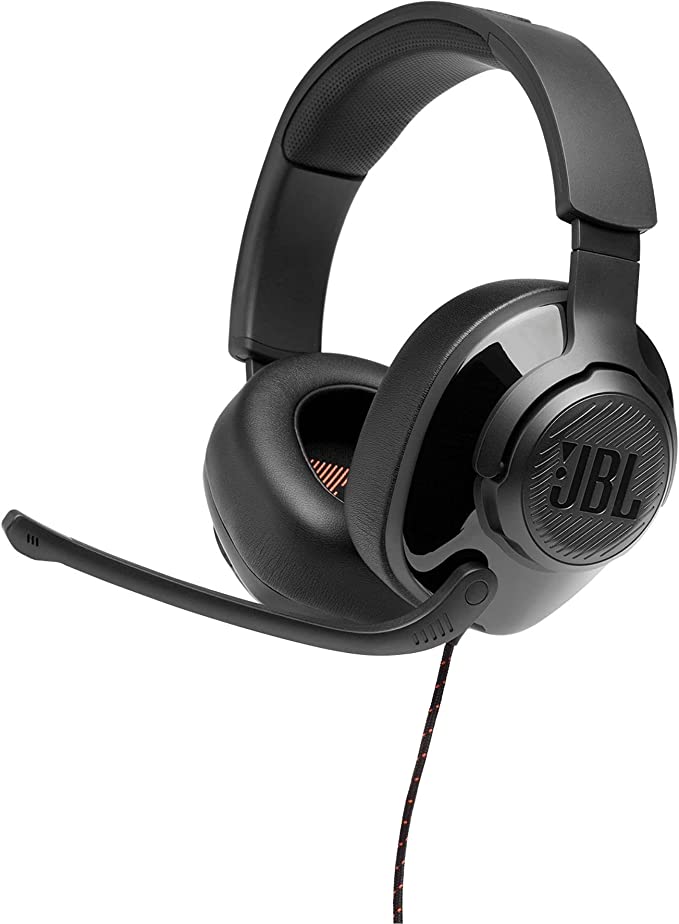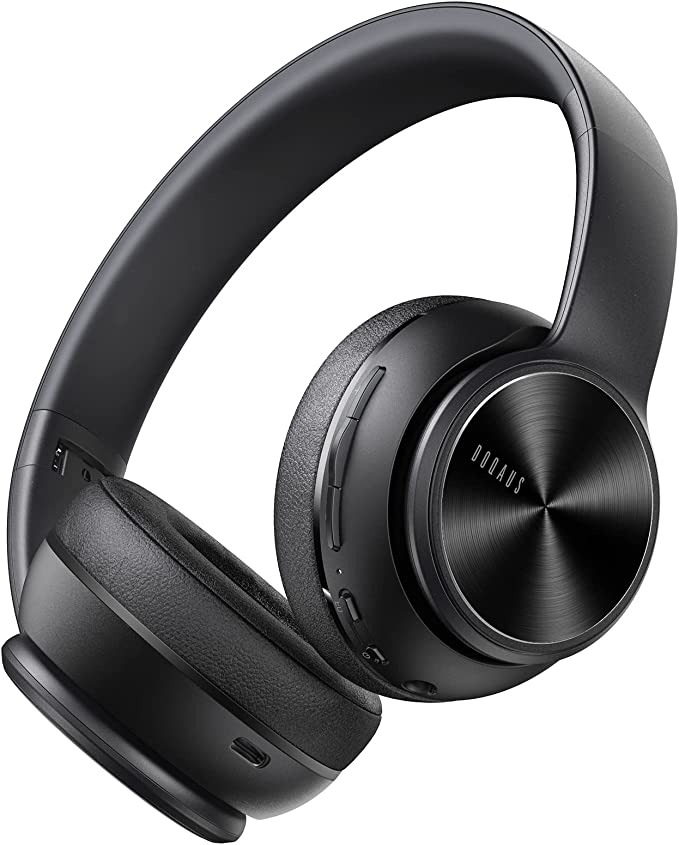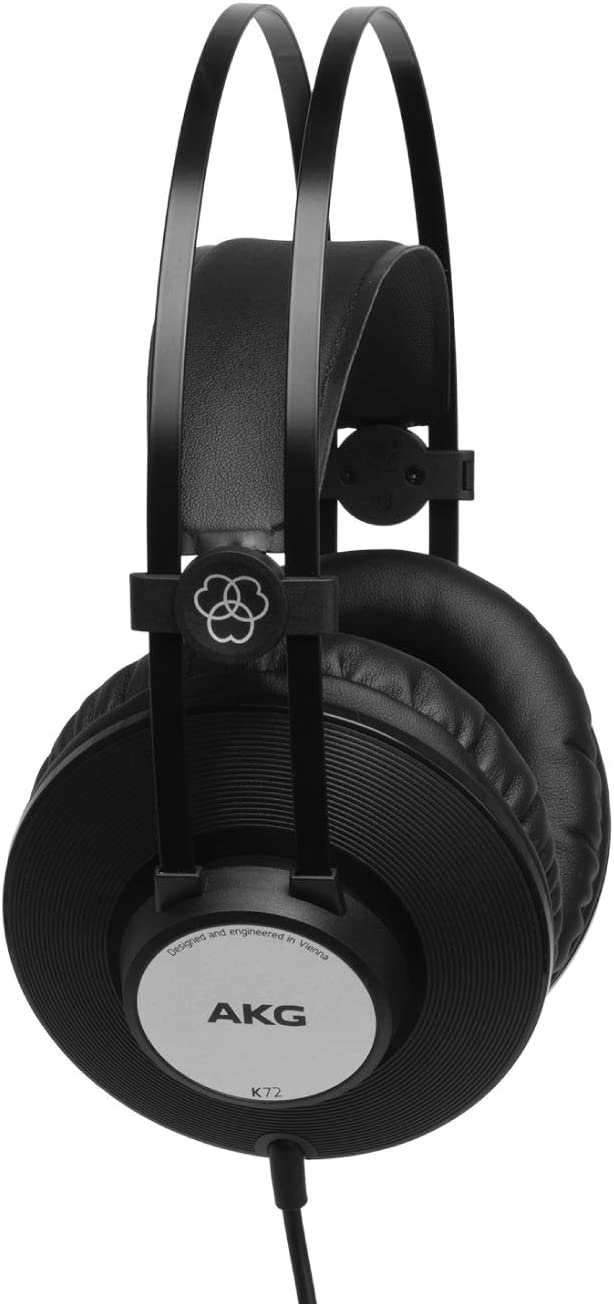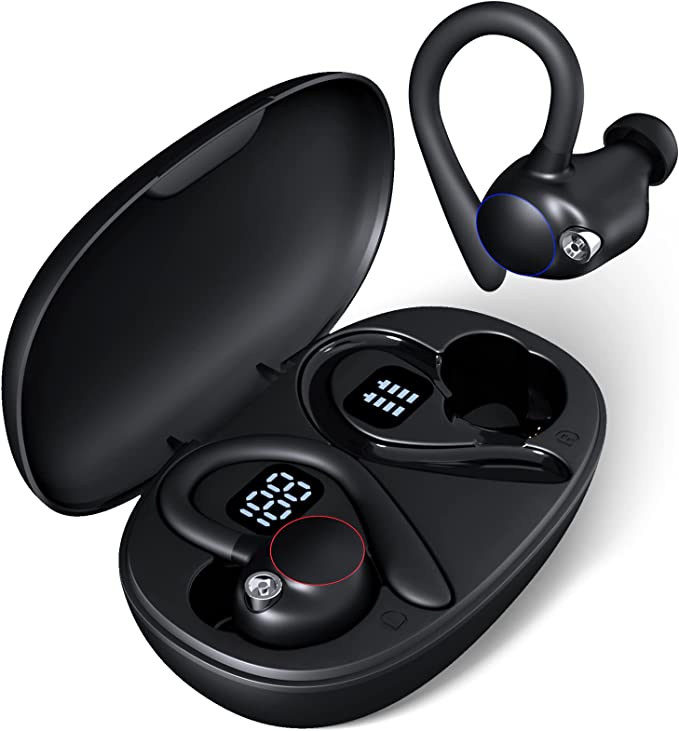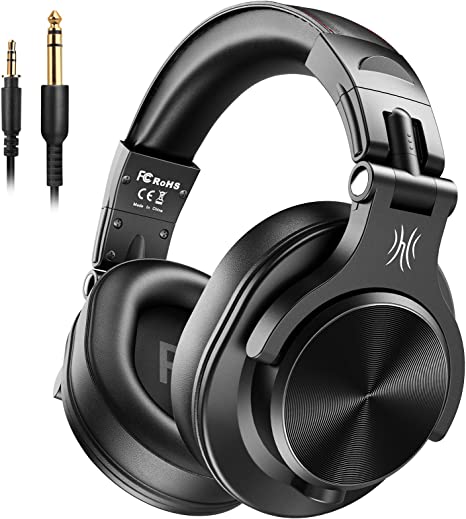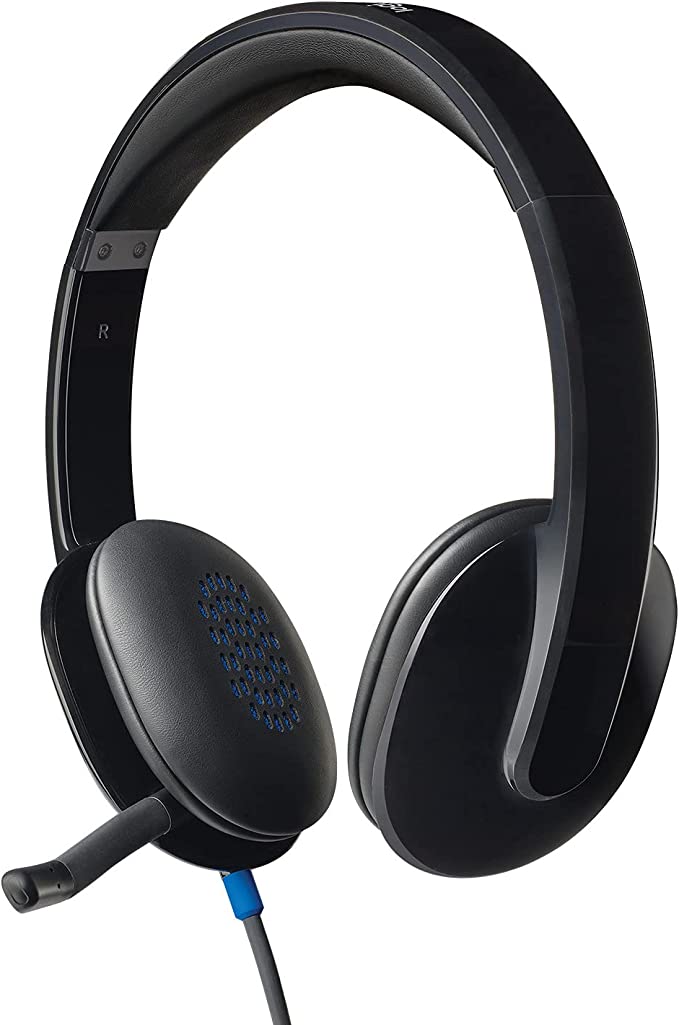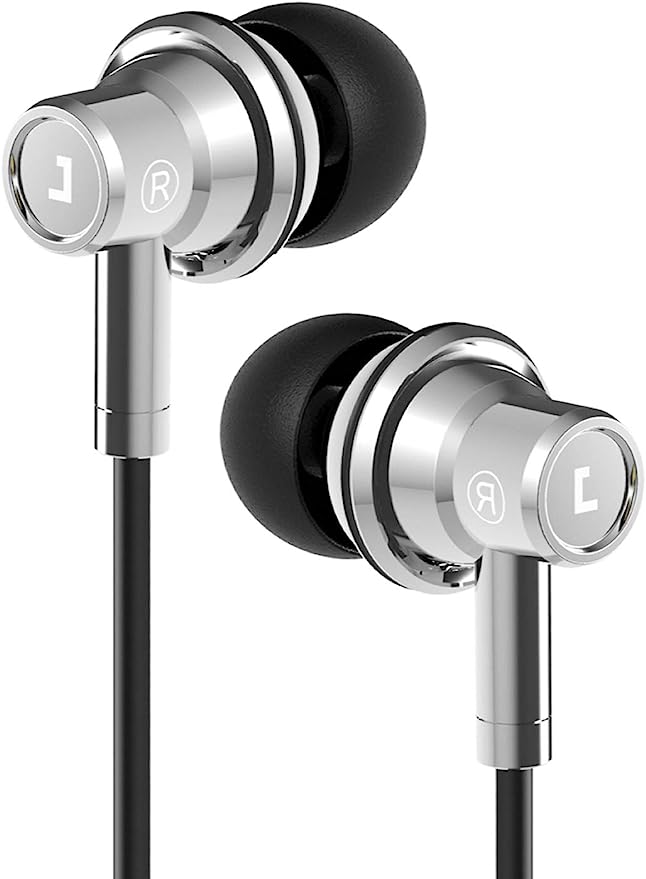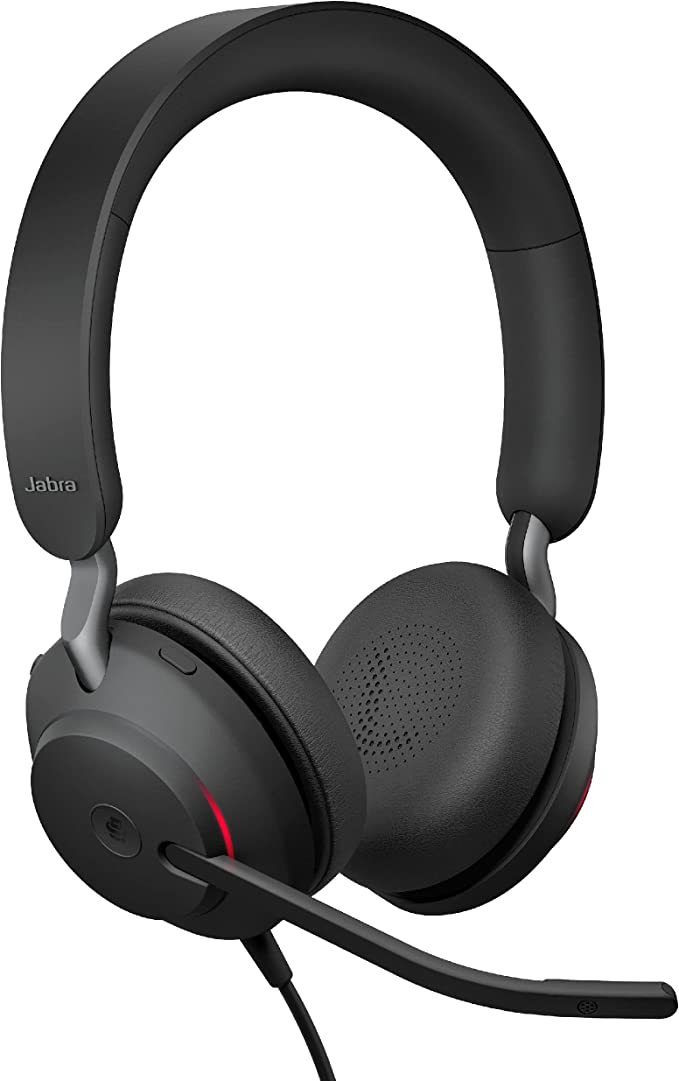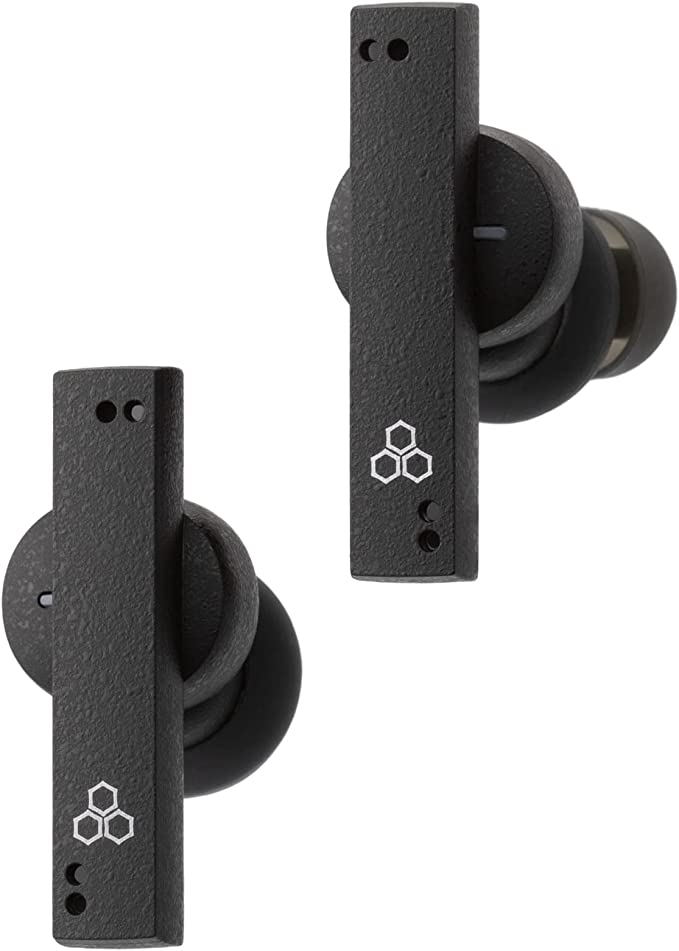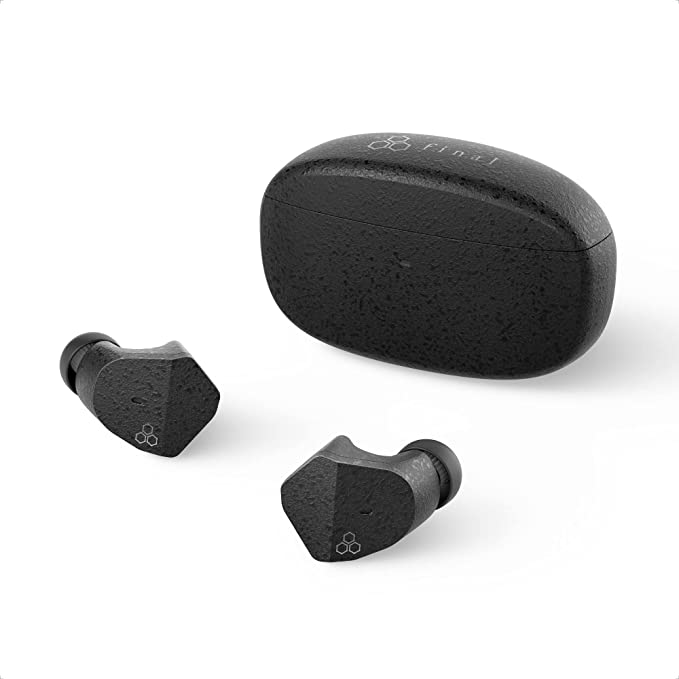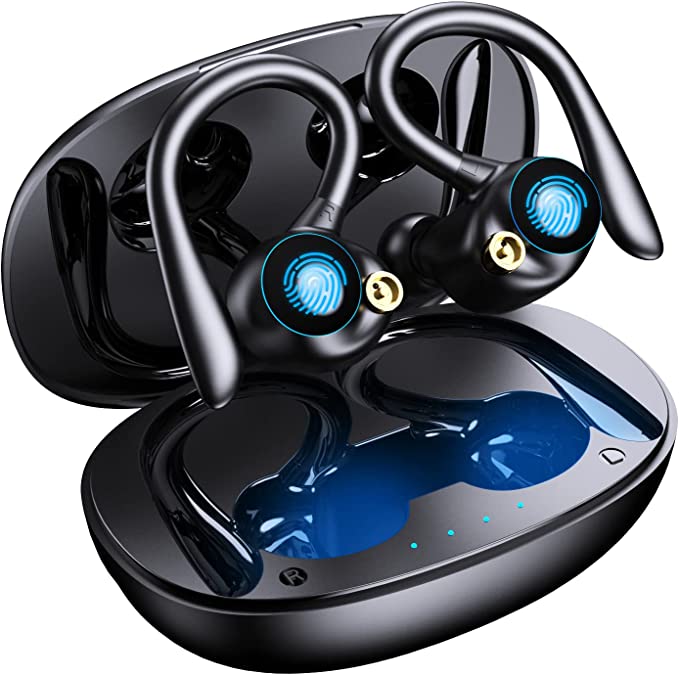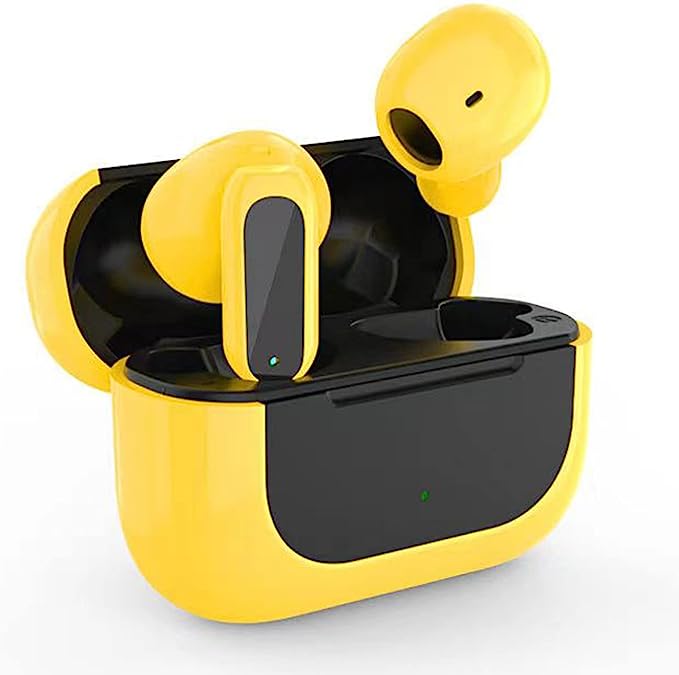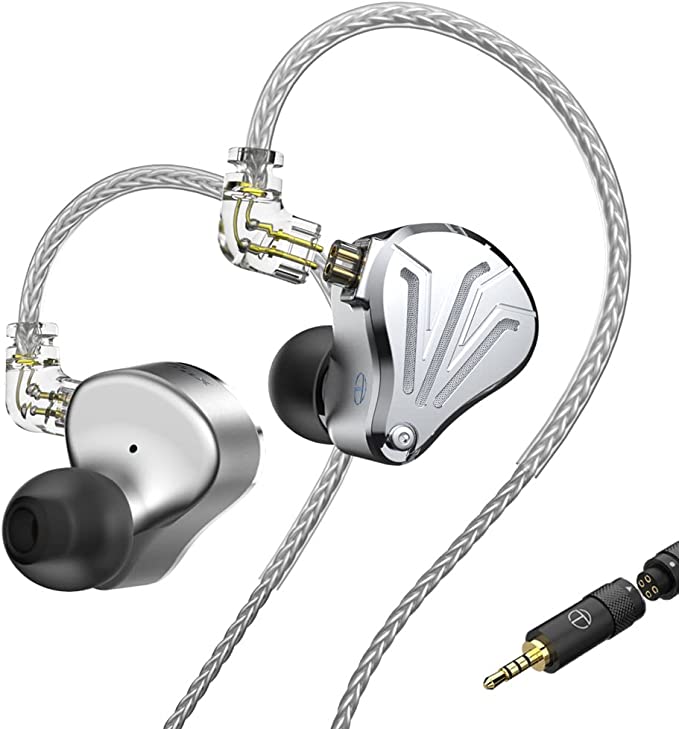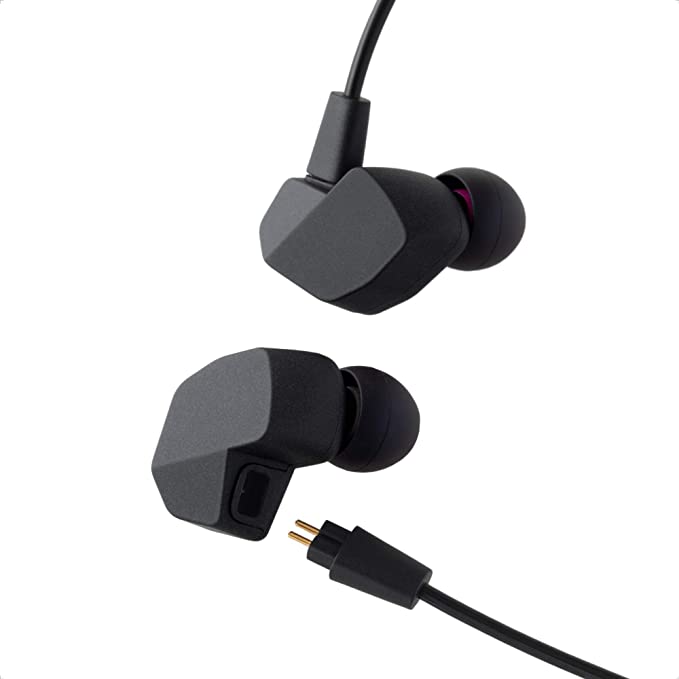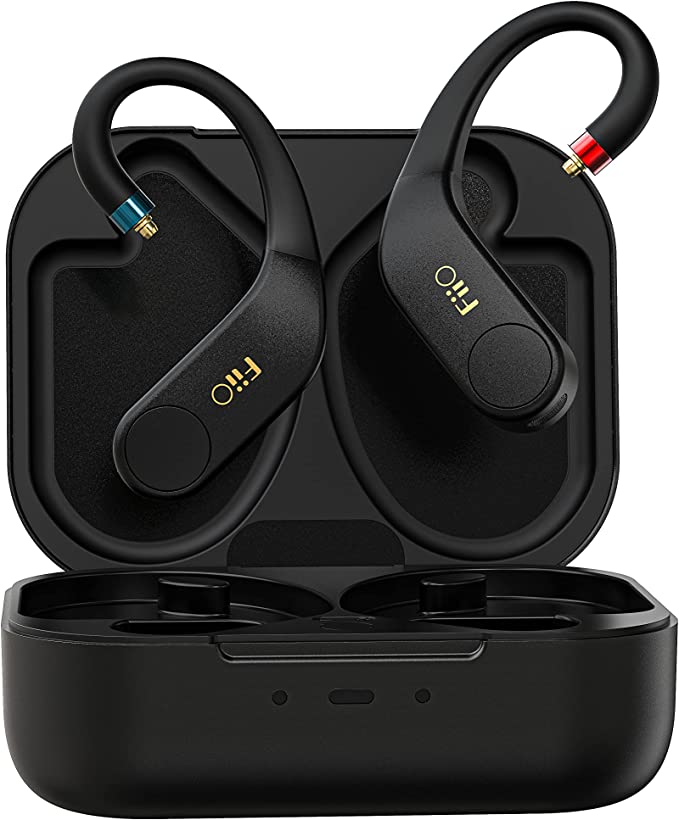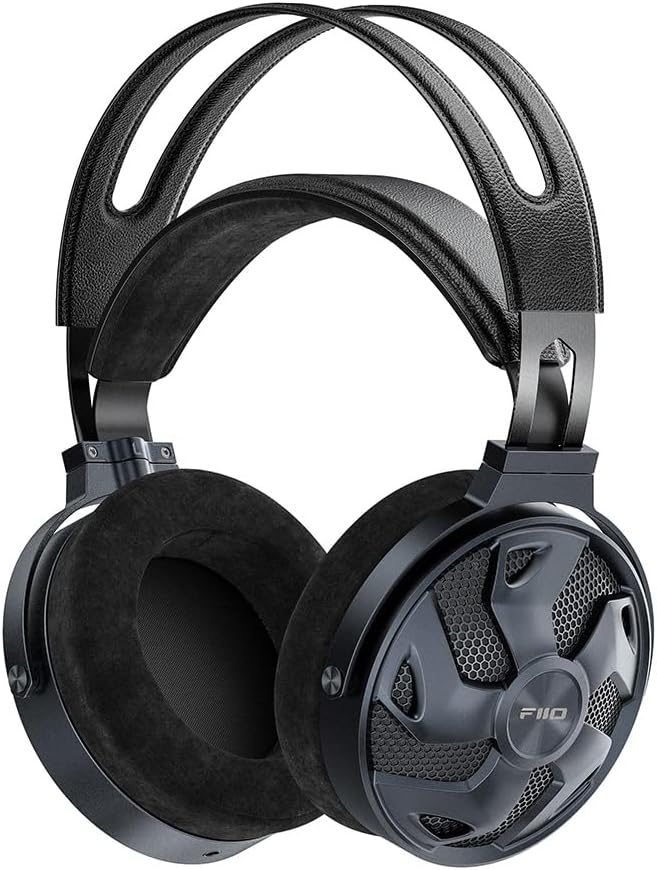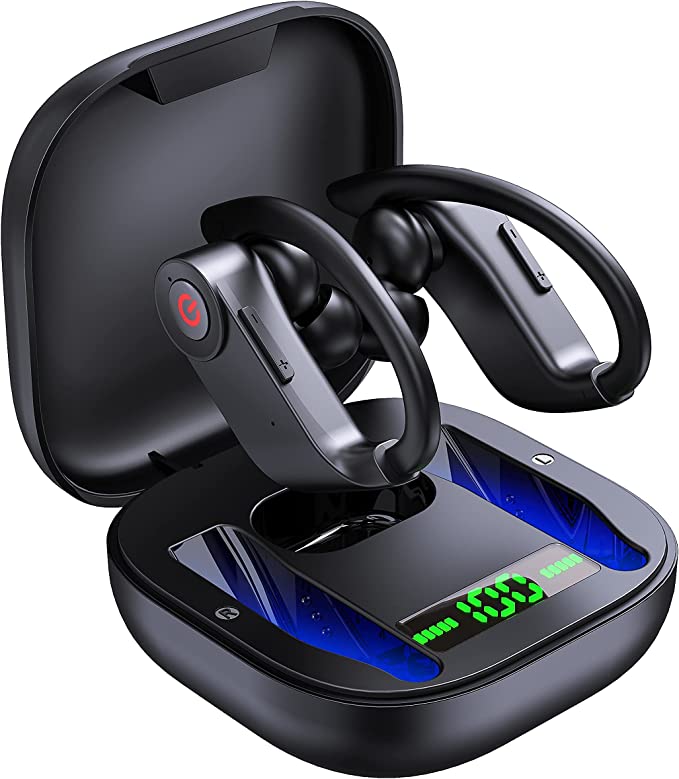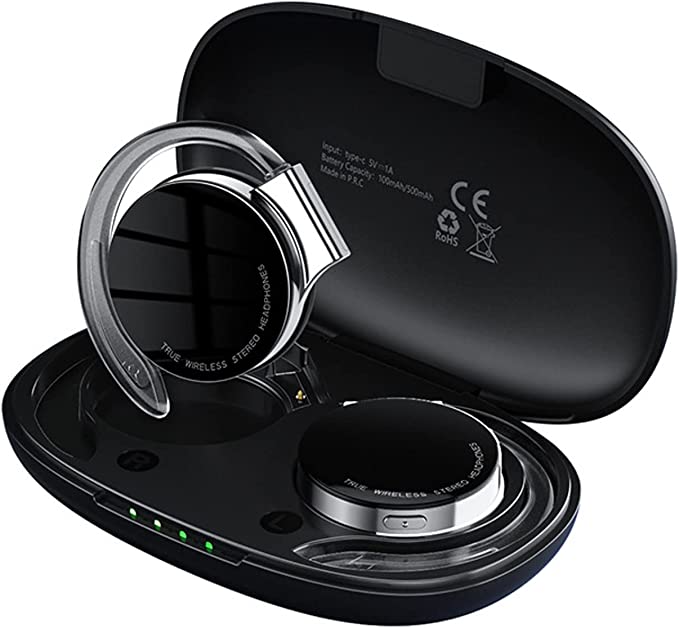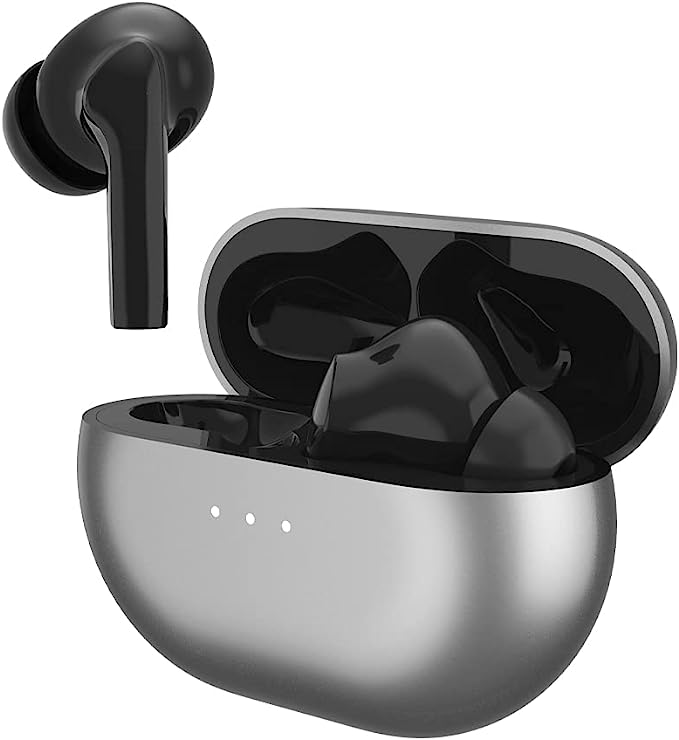Pamu T10 Quiet Wireless Earbuds - True Wireless Earbuds That Keep You Focused
Update on June 25, 2025, 4:12 p.m.
In our bustling, ever-connected world, the soundscape around us is often a chaotic symphony of competing noises. From the rumble of city traffic to the din of an open office, finding a pocket of personal auditory peace or ensuring your voice cuts through the clamor can feel like a modern quest. Yet, nestled within our ears, tiny technological marvels – wireless earbuds like the Pamu T10 Quiet – are increasingly empowering us to conduct our own sonic environments. But how do these discreet devices achieve such feats of acoustic manipulation? Let’s embark on a journey to decode the fascinating science and intricate engineering that shape what, and how, we hear.

Engineering Serenity – The Intricate Dance of Hybrid Active Noise Cancellation
At the forefront of this personal audio revolution is Active Noise Cancellation (ANC). Imagine trying to calm a turbulent pool of water. You wouldn’t just try to block the waves; you might try to create counter-waves that flatten them out. ANC operates on a similar, elegant principle from physics: destructive wave interference. Sound travels in waves, with peaks and troughs. If you can generate a sound wave that is precisely the inverse – an “anti-noise” wave with peaks where the original noise has troughs, and vice-versa – the two waves will effectively cancel each other out, resulting in a dramatic reduction in perceived sound.
But creating this perfect anti-noise isn’t simple. Simpler ANC systems might use one of two main approaches. Feedforward ANC places a microphone on the outside of the earbud to listen to ambient noise and predict what will reach your ear, preemptively generating anti-noise. Feedback ANC uses a microphone inside the ear cup, closer to your ear, to detect any noise that has managed to leak in and then cancel it.
The Pamu T10 Quiet, however, employs a more sophisticated Hybrid Active Noise Cancellation. This system, as the name suggests, combines both feedforward and feedback microphones. Think of it as a two-stage defense system. The external microphones pick up the initial onslaught of environmental noise, while the internal microphones act as a clean-up crew, catching any stray sounds that get past the first line of defense and the earbud’s physical seal. To manage this complex, real-time audio processing, these earbuds utilize a powerful dual-chip architecture, featuring the Qualcomm QCC5124 and AMS3460 chips. This dedicated processing power allows for a more accurate analysis of incoming noise and the generation of a more precise anti-noise signal, leading to deeper and broader noise cancellation.
When a manufacturer claims a noise reduction figure, such as “deep to -40dB” for the Pamu T10 Quiet, what does that practically mean? The decibel (dB) scale is logarithmic, meaning a 10dB reduction is perceived as roughly halving the loudness. A -40dB reduction, therefore, represents a very significant quieting of the environment – capable of turning the persistent drone of an airplane cabin or the hum of a busy café into a much more subdued backdrop. However, it’s crucial to remember that ANC works best against consistent, low-frequency sounds. And its effectiveness is massively amplified by good passive noise isolation – the physical seal created by well-fitting ear tips. This seal acts as the first barrier, reducing higher-frequency sounds that ANC is less effective against, allowing the electronics to focus on what they do best.

The Art of Being Heard – How Six Microphones Isolate Your Voice from the Din
While silencing the world around you is one part of the equation, ensuring your own voice is transmitted with clarity is equally vital, especially in an age of constant virtual communication. This is where another suite of technologies comes into play, often involving multiple microphones and sophisticated signal processing, as seen in the Pamu T10 Quiet’s six-microphone array (three per earbud).
Why so many microphones? More microphones provide the system with more spatial information about the soundscape. This allows for techniques like beamforming, where the microphones work in concert to create a focused “beam” of sensitivity towards your mouth, effectively “listening” more intently to your voice while attenuating sounds coming from other directions.
This raw audio data is then processed using technologies like CVC 8.0 (Clear Voice Capture) and ENC (Environmental Noise Cancellation). CVC 8.0 is primarily focused on enhancing the voice of the person speaking into the microphones – that’s you. It works to isolate your speech patterns from surrounding disturbances on your end, so the person on the other end of the call hears you, not your environment. ENC, on the other hand, often refers to algorithms that more broadly identify and suppress various types of environmental noise polluting the call. The Pamu T10 Quiet claims these systems can block out up to 90% of background noise, leading to calls that are perceived as significantly clearer. It’s this intelligent synergy – the microphone array capturing detailed sound, and the processing chips running CVC and ENC algorithms – that strives to make your voice an island of clarity in a sea of noise.

Crafting the Soundstage – From Drivers to Digital Dialects
Of course, once the noise is managed and your voice is clear, the quality of the sound you want to hear – your music, podcasts, or the voice on the other end of a call – is paramount. The heart of any earbud’s sound production is its driver, a miniature loudspeaker. The Pamu T10 Quiet features 10mm dynamic drivers. In a dynamic driver, an electrical audio signal passes through a voice coil attached to a diaphragm (a thin membrane), all within a magnetic field. This causes the diaphragm to vibrate, moving air and creating the sound waves your ears perceive.
The “10mm” refers to the diameter of this diaphragm. Generally, a larger diaphragm can move more air. This is particularly beneficial for reproducing lower frequencies, or bass, giving them a sense of depth and impact. While size isn’t the only factor (materials and design play huge roles), a 10mm driver is relatively substantial for an in-ear device, aiming for a full-bodied sound. The mention of “low-distortion composite dynamic drivers” suggests the diaphragm material is a blend designed to be both lightweight for responsiveness (good for clear high frequencies) and rigid to prevent unwanted vibrations or “breakup” at higher volumes (reducing distortion).
This carefully generated analog sound, however, must first arrive wirelessly as a digital signal. This is where Bluetooth audio codecs come into play. A codec (coder-decoder) is an algorithm used to compress and decompress digital audio data for transmission over Bluetooth, which has limited bandwidth compared to a wired connection. The Pamu T10 supports several common codecs: * SBC (Subband Coding): This is the universal, mandatory codec for all stereo Bluetooth audio. It’s a bit like a basic, widely understood language – functional, but not always the most nuanced. * AAC (Advanced Audio Coding): Often favored by Apple devices, AAC generally provides better sound quality than SBC at similar bitrates (data rates), meaning it can sound better while using a similar amount of wireless bandwidth. * aptX Classic: Developed by Qualcomm, aptX is designed to offer “CD-like” quality by using a more efficient compression method. It’s also known for lower latency (delay) than SBC, which can be beneficial for keeping audio and video in sync.
The availability of these codecs means the earbuds can “speak” the best possible language supported by your phone, tablet, or laptop, optimizing the quality of the wireless audio stream.

The Unseen Connection – Bluetooth 5.0 and the Dawn of Intelligent Interaction
The entire wireless experience hinges on the Bluetooth connection itself. The Pamu T10 Quiet incorporates Bluetooth 5.0, a significant step forward from earlier versions. Bluetooth 5.0 offers tangible benefits: faster pairing with your devices, a more stable and robust connection less prone to dropouts (even at slightly greater distances), and improved power efficiency, which helps conserve battery life in both your earbuds and your source device.
Features like “auto-pairing” further enhance this seamlessness. Once initially paired, the earbuds will typically automatically reconnect to your last used device as soon as you take them out of their charging case – a small convenience that quickly becomes an expected part of the experience.
Beyond basic connectivity, modern earbuds often allow for a degree of personalization. The Pamu T10, for instance, can be managed via the “Pamu Quiet App.” Such apps typically allow users to customize touch controls (so a tap or a swipe does exactly what you want it to, like adjusting volume, skipping tracks, or activating a voice assistant like Siri), toggle ANC or Transparency Mode, and, importantly, receive firmware updates. These updates can bring performance improvements, bug fixes, or even new features over the lifespan of the earbuds, allowing the hardware to evolve.
Bridging Worlds – Transparency Mode and Reconnecting with Your Surroundings
While the immersive silence of ANC is a powerful tool for focus or relaxation, there are many situations where complete isolation from your surroundings is undesirable or even unsafe. This is where Transparency Mode (sometimes called Ambient Sound Mode) becomes invaluable.
When activated, Transparency Mode uses the same external microphones that power the ANC system, but instead of using them to generate anti-noise, it selectively allows certain ambient sounds to pass through and be reproduced in your ears. It’s like temporarily opening a sonic window to the outside world. This allows you to hear important announcements on public transport, be aware of traffic while walking, or have a quick conversation with someone without the awkwardness of removing your earbuds. It’s a simple but profoundly useful feature that acknowledges the need to balance personal audio enjoyment with real-world interaction.
Coda: The Enduring Power of Sound and the Ingenuity Behind It
The journey of sound in a device like the Pamu T10 Quiet is a testament to incredible miniaturization and sophisticated engineering. From the crucial ergonomic design and multiple ear tip sizes (S, M, L) that ensure a comfortable and effective seal, to the IPX6 water resistance that allows them to brave a sweaty workout or a sudden rain shower, every detail is considered. Even the aesthetic flourish of the “Starry Sky” lighting effect on the charging case, composed of 30 LEDs and inspired by Van Gogh, hints at the desire to create not just a tool, but an experience.
And, of course, there’s the practical matter of power. With around 3.5 hours of playtime per earbud charge and a charging case (itself sporting a 500 mAh battery) extending that to a total of up to 10.5 hours, these devices are designed for a full day’s intermittent use. The inclusion of fast charging (15 minutes yielding about 2 hours of playback) and the convenience of both USB-C and wireless charging for the case itself round out the user-focused design. You can even use a single earbud independently in mono mode if desired.
Ultimately, the Pamu T10 Quiet, like many of its contemporaries, represents a remarkable convergence of physics, materials science, software engineering, and acoustic design. They are more than just accessories; they are powerful tools that allow us to actively curate our personal soundscapes, transforming noisy commutes into productive work sessions, or mundane jogs into energizing musical journeys. The next time you pop in your wireless earbuds, take a moment to appreciate the invisible symphony of technology working tirelessly to shape your auditory world.


